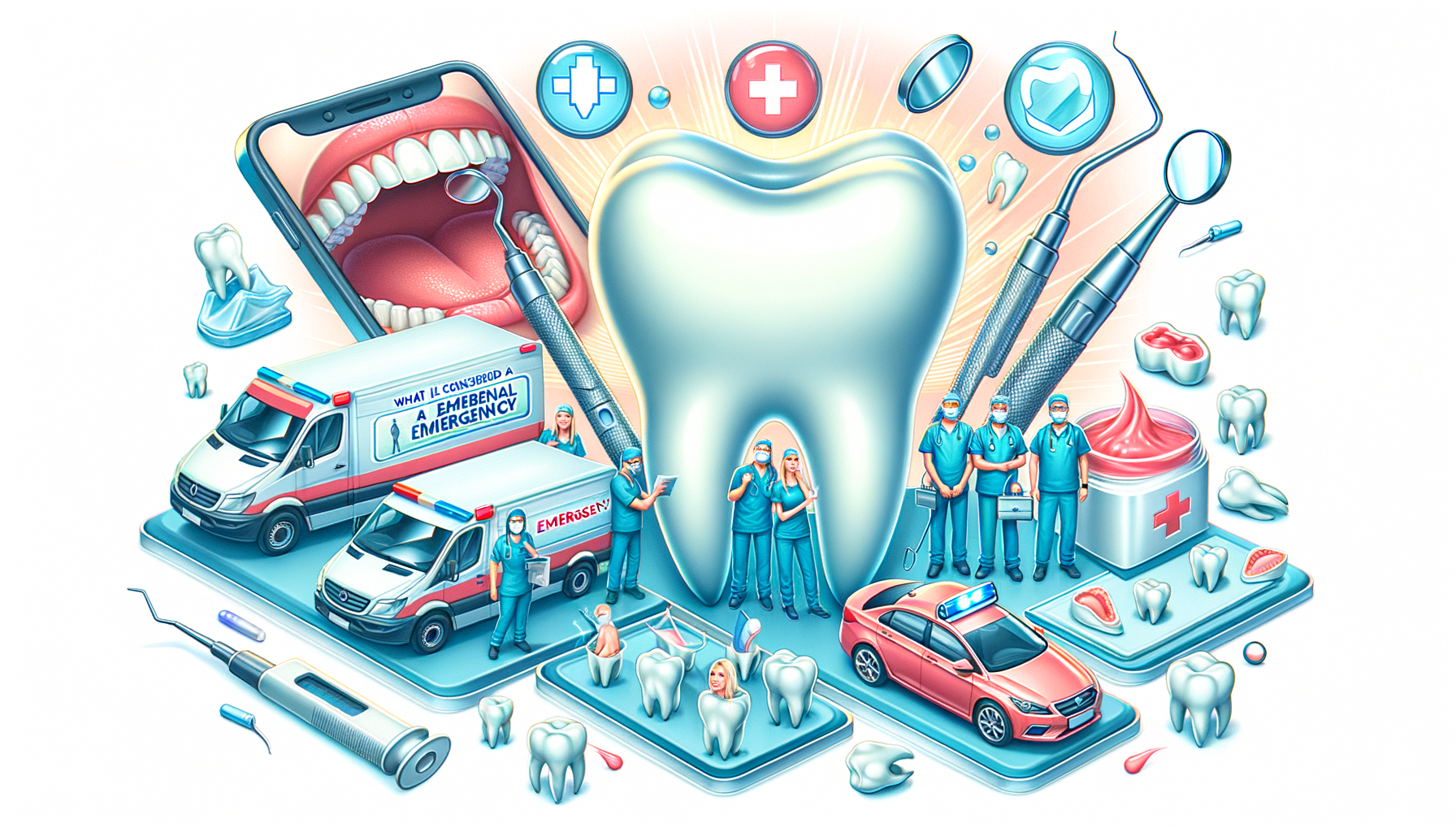Education is constantly evolving, aiming to meet the diverse needs of all learners. One approach gaining traction is Universal Design for Learning (UDL), which focuses on creating inclusive educational environments.
Understanding Universal Design for Learning
Universal Design for Learning (UDL) is an educational framework that aims to optimize teaching and learning for all individuals by accommodating individual learning differences. Developed from insights in neuroscience and the learning sciences, UDL provides a blueprint for creating instructional goals, methods, materials, and assessments that work for everyone.
Why UDL Matters
According to the Center for Applied Special Technology (CAST), UDL helps educators to develop flexible learning environments that can accommodate varied learning styles. By doing so, UDL not only supports students with disabilities but also enhances learning for all students.
“The goal of education should be to develop expert learners—learners who are purposeful and motivated, resourceful and knowledgeable, and strategic and goal-directed.” —CAST
Key Principles of UDL
- Multiple Means of Engagement: Stimulating interest and motivation for learning.
- Multiple Means of Representation: Offering information in different formats.
- Multiple Means of Action and Expression: Providing learners with various ways to demonstrate what they know.
Research and Statistics
A study by the Journal of Educational Psychology found that classrooms using UDL principles experienced a 20% increase in student engagement and a 15% improvement in academic performance. This improvement underscores the potential of UDL in enhancing educational outcomes.
Real-World Examples
Consider a classroom where a teacher uses UDL principles: Students are given the choice to read a chapter from a textbook, watch a video, or listen to an audio recording. This flexibility caters to different learning preferences and increases comprehension among all students.
Actionable Tips for Implementing UDL
- Start small by incorporating one UDL principle into your lesson plan.
- Use technology to provide content in multiple formats.
- Encourage student choice to foster engagement.
Pro Tip: Collaborate with other teachers to share resources and strategies for implementing UDL in your school.
Conclusion
Universal Design for Learning offers a powerful approach to creating inclusive educational environments. By embracing UDL principles, educators can support diverse learners and improve educational outcomes for all students.
Frequently Asked Questions
What is Universal Design for Learning?
Universal Design for Learning is an educational framework that aims to optimize teaching and learning for all individuals by accommodating individual learning differences.
How does UDL benefit students?
UDL benefits students by creating flexible learning environments that accommodate varied learning styles, thereby supporting diverse learners and enhancing educational outcomes.




Leave a Reply